Music

Cajun Music
Cajun music is a genre that arose in southwestern Louisiana from the Francophone folk music traditions of the Acadians.

Cajun music is a genre that arose in southwestern Louisiana from the Francophone folk music traditions of the Acadians.

Louisiana’s Cajun music has been influenced by a rich blend of musical traditions.
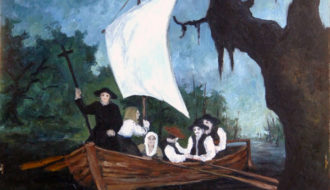
Cajuns are the descendants of Acadian exiles from what are now the maritime provinces of Canada–Nova Scotia, New Brunswick, and Prince Edward Island–who migrated to southern Louisiana.

Acadians, Cajuns, and their history became part of American literature, often represented through romantic myth.
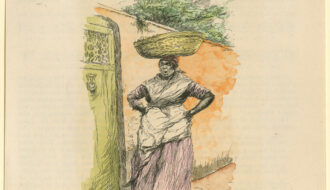
Fried rice cakes known as calas were once ubiquitous among New Orleans street vendors.

The Campeche chair, a leather or caned sling seat supported by a non-folding cross-frame, was in widespread use in the United States and New Spain in the first half of the nineteenth century.
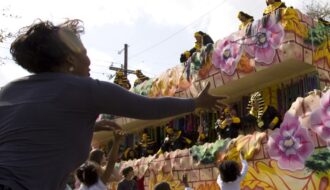
The culture and history of Mardi Gras throws, especially ubiquitous plastic beads, reflect relationships Louisianans have with each other and the spaces they inhabit.
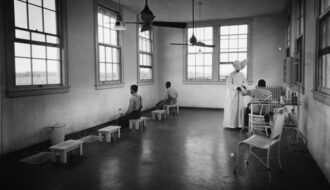
Several buildings at the National Leprosarium at Carville, Louisiana, were built by the Works Progress Administration.
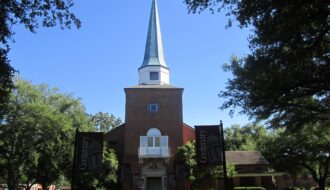
Centenary College of Louisiana is an undergraduate liberal arts college in Shreveport and the oldest continuously operated private college in the western half of the United States.
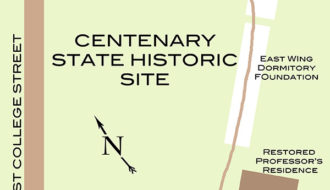
The Centenary State Historic Site was added to the National Register of Historic Places in 1979.
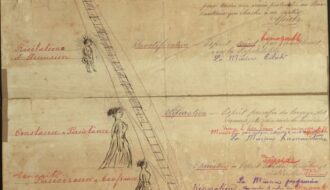
Members of the Cercle Harmonique held séances and received messages from the spirit world in support of Black rights and social equality.
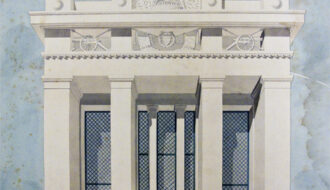
Louisiana architects Charles Dakin and James Dakin designed the Old State Capitol building in Baton Rouge, as well as the St. Charles Hotel in New Orleans, among other projects.
One-Year Subscription (4 issues) : $25.00
Two-Year Subscription (8 issues) : $40.00
